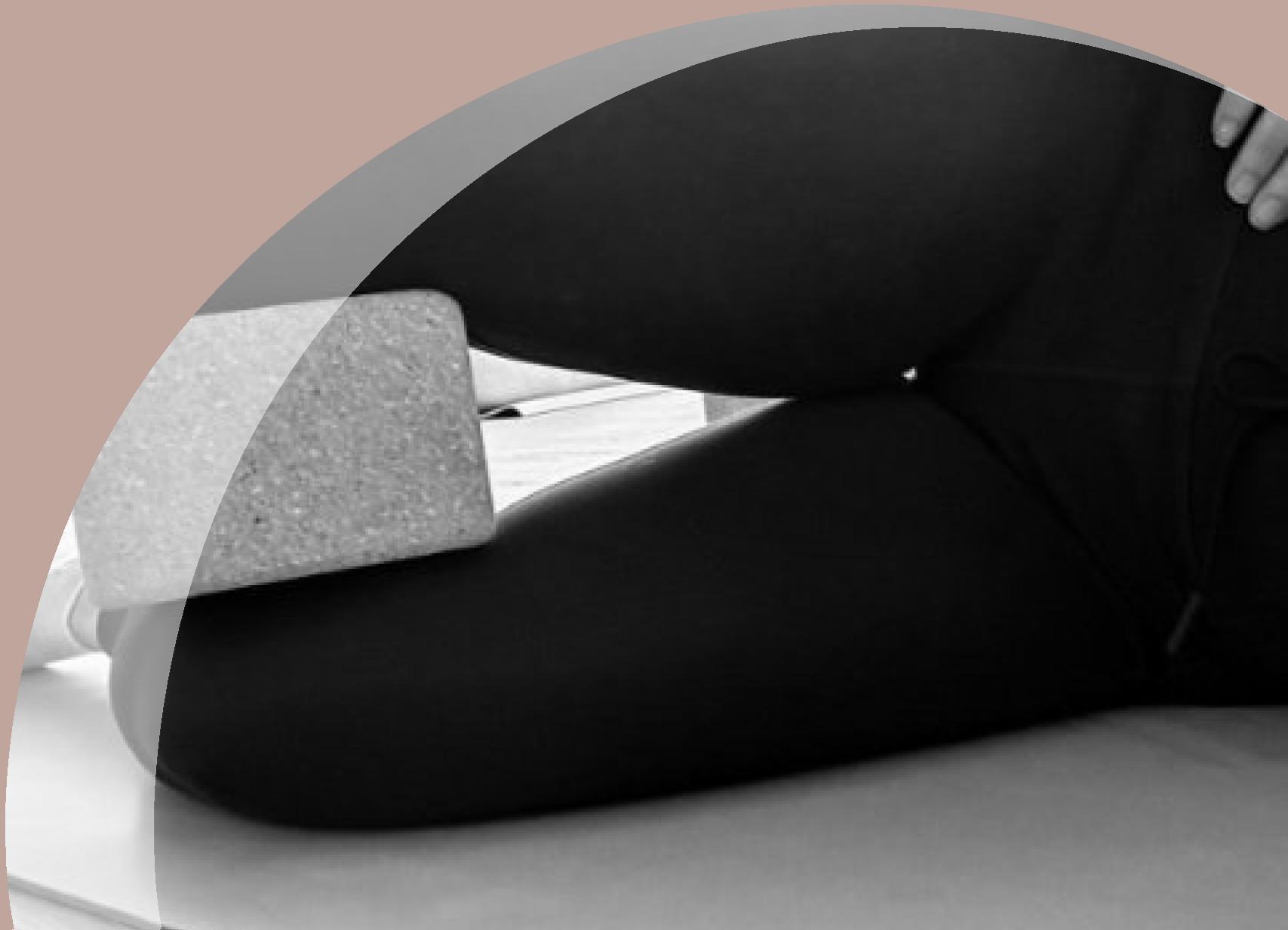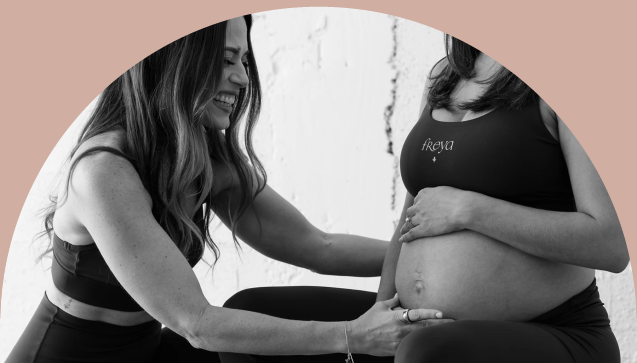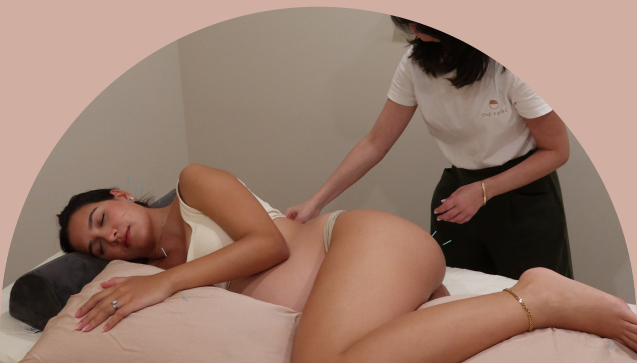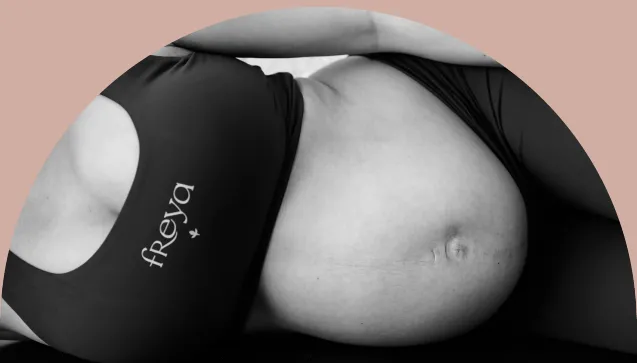Let's dive into something that we are a little obsessed about, and is incredibly important but often overlooked – pelvic health. Today we are here to share our knowledge on Kegel exercises – what they are, why they matter, and how you can make them work for you. Quick heads up: if you have any concerns or suspect pelvic issues, it's always a good idea to chat one on one with a pelvic floor physical therapist before jumping into any new routine.
Understanding Kegel Exercises:
Alright, let's break it down. Kegel exercises are like hitting the gym for your pelvic floor muscles. Picture them as the unsung heroes supporting your uterus and bladder.
How to Kegel Like a Pro:
Get Comfortable:
Find a chill spot – whether sitting or lying down, just make sure you're relaxed. Take a deep breath and let go of any tension.
Identify the Muscles:
Ever stopped mid-pee? Those are the pelvic floor muscles at work. Start by pretending you're putting the brakes on that stream. The muscles you engage are your target.
Now that you’ve found how to activate the pelvic floor muscles lets try these 4 different Kegel variations:
1. The Quick Flicks: Contract and release those muscles as fast as you can. Start with ten reps, four to5 times a day. It's like a little pelvic power-up.
2. Hold It: Contract your PFM (pelvic floor muscles) for a count of five, then release for another five. Do this ten times. As you get the hang of it, try holding for a tad longer. Think of it as a mini endurance training session for your insides.
3. Riding the Elevator: Imagine your vaginal canal as a building with different floors. Contract your PFM slowly with control to ascend the elevator to the fifth floor, hold, and then slowly relax your muscles to descend floor by floor to the basement. Take your time – it's like giving your muscles a leisurely tour.
4. The Zipper: Now, envision your PFM as a zipper. Contract your PFM from front to back to close the zipper then release those muscles from back to front to open it back up. It takes some concentration but once you get the hag of it its therapeutic and kinda fun!
Why It's Worth It:
So, why bother with all this? Stronger pelvic muscles mean better bladder control, support during pregnancy and after childbirth, and even an improvement in sexual satisfaction. It's like giving your body an internal high-five.
Our Friendly Advice:
Before you embark on the Kegel adventure, consider having a chat with a pelvic floor physical therapist. If you have pelvic pain or any overly tight pelvic floor, kegel exercises might not be for you! We're here to guide you, ensuring your pelvic health journey is smooth and tailored just for you.
In conclusion, Kegel exercises are like a little gift you give to your body. Try them out, stay consistent, and let those pelvic floor muscles thank you later. Here's to building strong, healthy bodies and embracing better pelvic health
To Strong, Healthy Bodies.
- Luly & Amanda




